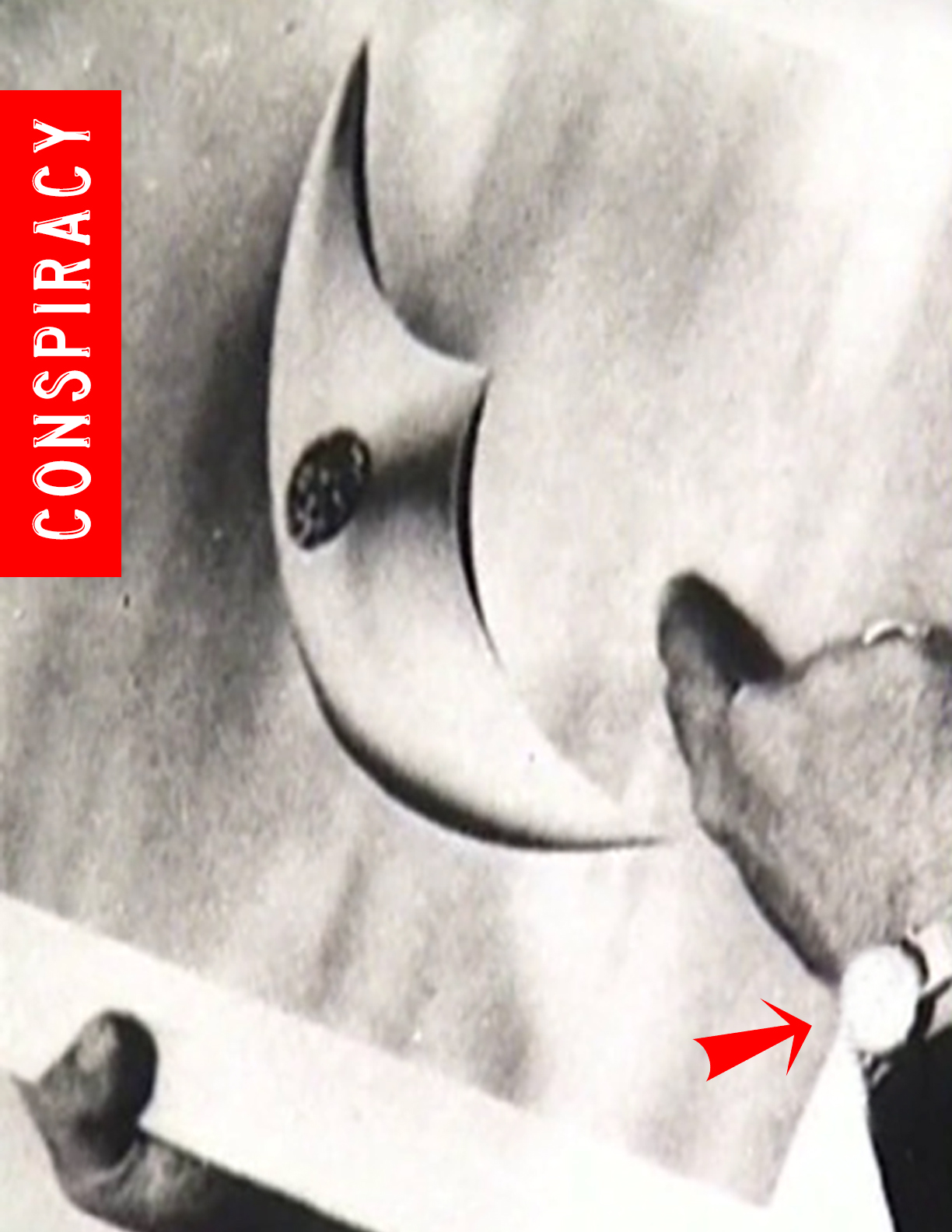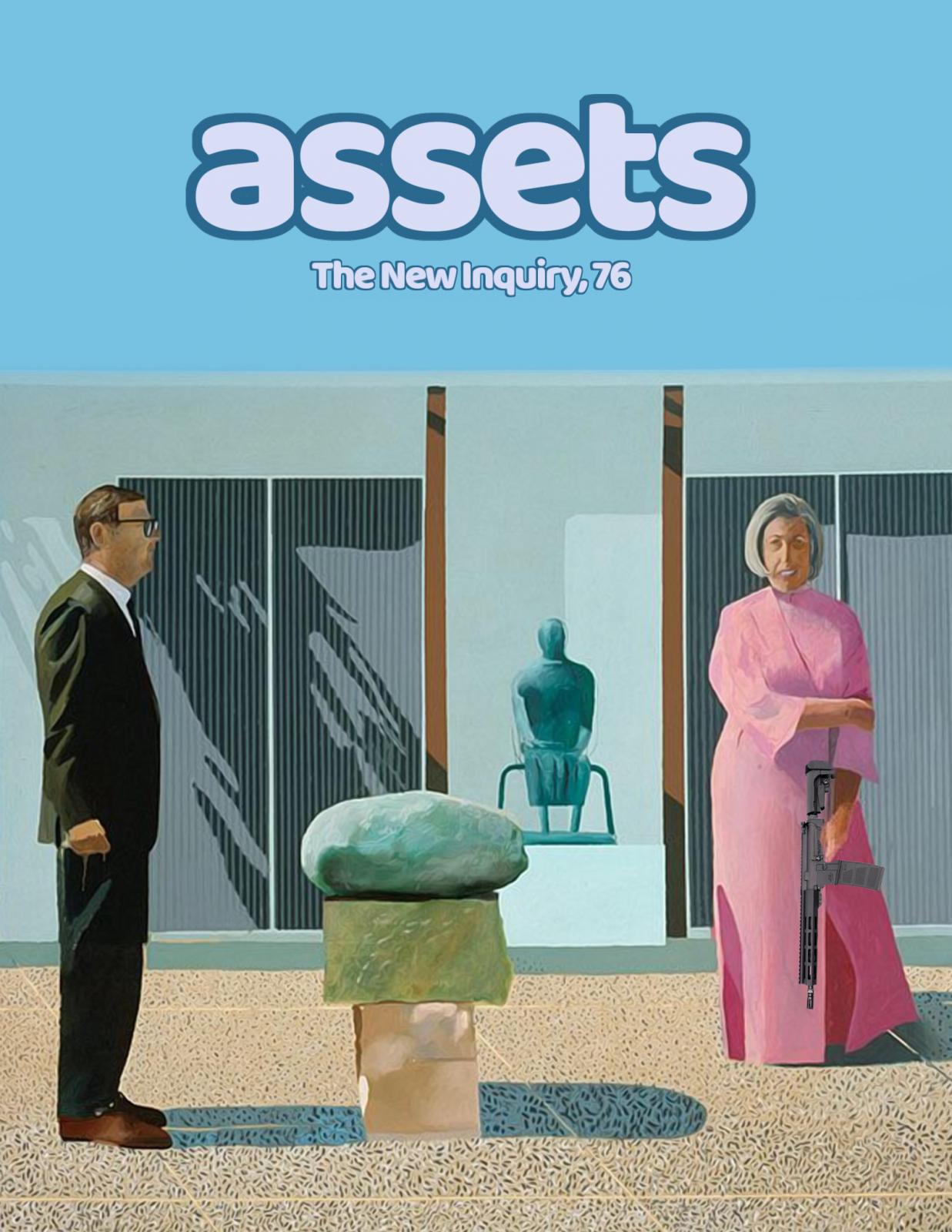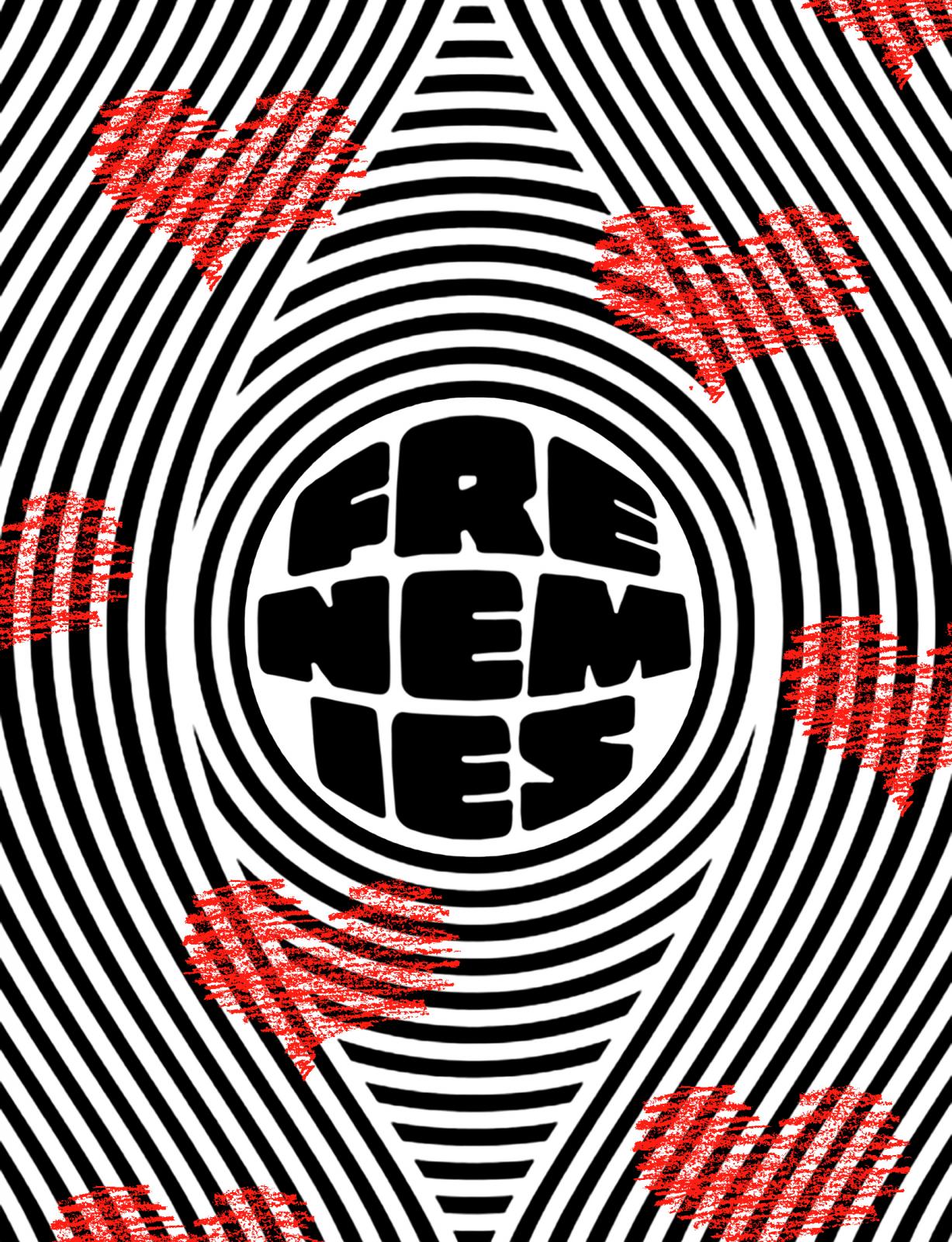Conspiracy
Editors' Note
Just
because you’re paranoid, doesn’t mean they’re not out to get you: The saying has been variously attributed to Kurt Cobain, Joseph Heller, and Henry Kissinger, depending on who you believe. But while it sounds like a stoner’s bumper sticker, it’s mutually reinforcing suggestions—you can never be paranoid enough, and paranoia alone can’t stop power—have had substantial influence.
In her 2003 treatise on what she called “Paranoid Reading,” Eve Kosofsky Sedgwick considered its value. The conspiratorial mind, she wrote, neglects information that its logic can’t organize. In love with its own theoretical mastery, conspiracy too often prefers coherence to change, which circumscribes its potential as a site of political struggle and solidarity. “The problem here,” Sedgwick reasoned, “is not simply that paranoia is a form of love, for—in a certain language—what is not? The problem is rather that, of all forms of love, paranoia is the most ascetic, the love that demands least from its object.”
And yet we send this dispatch from the depths of a Birther-driven presidency, alert to the reality that the paranoid mind has in fact demanded quite a bit. Perhaps we’ve underestimated its political uses.
In conspiratorial practices, we find all kinds of alternative methods to approaching, absorbing, and organizing knowledge. This is something altogether different and more elegant than excavating the actual “truth.” Besides, literal “truth-telling” isn’t always the best way to understand something. And it’s often not even what conspiracy theorists want.
Just because they’re after you, doesn’t mean you have to be paranoid might, in fact, be a more useful way to approach certain political truths. When demands of oppressed communities are deemed unrealistic and unrealizable, the anti-paranoid conspiracy theory displaces anxiety so that power can be named. Ashon Crawley considers this strategy in “Blackpentecostal Breath,” where such displacement makes possible the daunting task of issuing “a critique of the violent modernity that produced violent possession, colonialism, and enslavement.”
Iterating further on anti-paranoia, our special projects accompanying the issue explore the widespread uses of computer vision and user profiling to present objects of “conspiracy” absent from human anxiety.
Francis Tseng’s “Conspiracy Bot” looks at how the consistent shortcomings of pattern-recognition algorithms spawn, without fear or worry, an endless stream of conspiracies. Such technologies, described by Maciej Cegłowski as "money laundering for bias", provide ways of offloading decisions to the presumably neutral capacity of algorithms. Which is to say, we can outsource our paranoia to the machine.
Through generating a series of targeted (and automated) advertisements, Sam Lavigne’s “The Infinite Campaign” exposes how Twitter attempts to render users legible under bizarre rubrics, resulting in what Lavigne describes as “portraits of Twitter users generated according to the fantasies by which Twitter understands us.”
Just as code can insidiously mask physical abuses of power, the code of law similarly absolves blame for discriminatory practices. In "Terror's Lawfare,” Fathima Cader compares Canada and Sri Lanka's anti-terror legislation. “What is this ‘terror’ that allows for so fungible lawmaking in both Canada and Sri Lanka?” Cader asks. “We are reminded that “wars on terror” are never really about that indefinable construct, ‘terror.’ Rather, like other state weapons, these laws work to conceal the terror of the state—that is, the terror propagated by the state precisely because it is itself terrified of the resistive and transformative potential of its constituents.”
This is especially true when paranoia becomes an organizing principle of power itself. In "No SWAT Zone," Tara Tabassi and Ali Issa, of the War Resisters League, discuss how SWAT rhetoric of “safety” breeds paranoia and justifies harm. “It is essential to bring the question of militarism into organizing on every issue….Engaging with militarism where we can recognize it first, in U.S. police, prisons and borders, allows for the sparks of an internationalist connection to appear.”
If the impulse for conspiracy theories arise from a need to articulate power’s diffuse tendrils, it's worth considering how that power is intensifying and which counter-strategies are effective. In “Biopunk: Subverting Biopolitics,” co-authors Joerg Blumtritt, Simone Browne, and Heather Dewey-Hagborg grapple with the uses of DNA databases for surveillance, policing and corporate control. Thinking through the framework of oppositional biotechnical practices, they examine speculative and material practices engaged with biology—or what’s called, biopunk.
Another one of the issue’s special projects, "You Can Encrypt Your Face," might be considered fitting in this vein, repurposing biometric technologies against the grain of their repressive designs. Taking facial recognition, that which "turns your face into code that can be archived and traded among strange and suspect parties,” as our target, we’ve devised a lo-fi solution that positions the leaders of biometric companies as countermeasures to their own products.
However, locating the site of technological struggle alone might pose an insurmountable challenge when the nature of code depends on replication and broad dissemination. Joanna Moll’s "Algorithms Allowed" scrapes websites from countries that the U.S. has sanctioned or embargoed and searches for proprietary pieces of code that emanate from American tech firms.
Natasha Lennard's "Know Your Rights" further details the paranoia of the state, a paranoia that cast hundreds of protesters at Donald Trump’s inauguration with broad conspiracy charges requiring the harshest possible response. She cautions against identifying with state and media narratives that split protesters into "good" and "bad" camps: “In the reality forged by these conspiracy-mongering lawmakers...we’re all bad protesters now.”
Let us be paranoid without anxiety, and conspire with optimism. There are more of us than them.
Featuring
-
Editors’ Note, Vol. 61: Conspiracy
-
Know Your Rights
-
You Can Encrypt Your Face
-
No SWAT Zone
-
Terror’s Lawfare
-
Biopunk: Subverting Biopolitics
-
Taxonomy of Humans According to Twitter
-
Blackpentecostal Breath
-
Algorithms Allowed
-
You Probably Think This Bot Is About You





